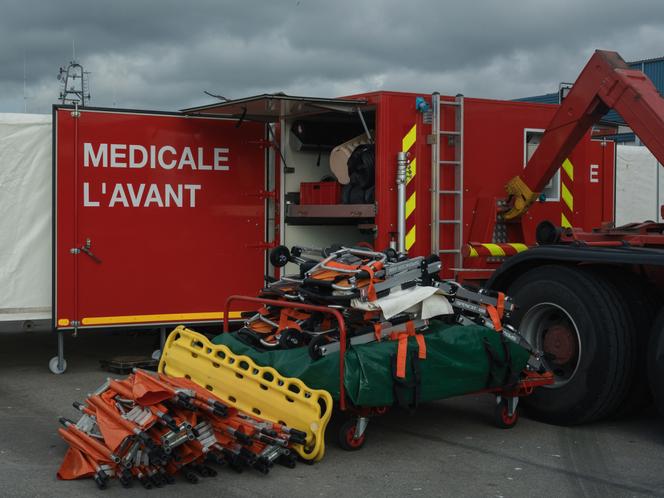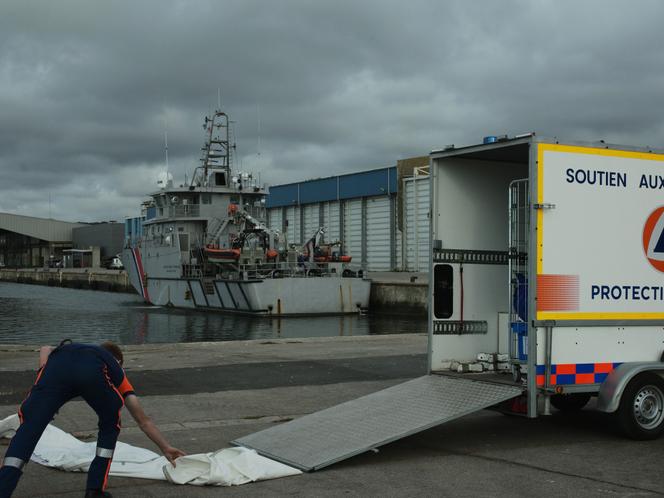


A cocktail party was being held that morning at the Gris-Nez regional surveillance and rescue center in northern France. In the old building overlooking the Opal Coast, where sea rescue operations are coordinated, a member of the management team was celebrating his departure. On a clear day, the view from Gris-Nez is breathtaking, stretching as far as the cliffs of Dover, England, the destination of the migrants who have been making their way through the strait of Pas-de-Calais for several years now. More than 20,000 have already made the crossing in 2024, aboard small inflatable boats.
On Tuesday, September 3, just as the party was getting into full swing, tragedy struck under the windows of the center. A sinister ballet of boats began to move, less than 3 kilometers from the coast. There were fishing boats, a customs patrol ship, a state-chartered vessel, resources from the French national lifeboat company and even helicopters in the sky. All were searching for survivors after a boat loaded with 65 migrants sank.
By the evening, the provisional toll communicated by the prosecutor in Boulogne-sur-Mer, Guirec Le Bras, was of two missing and 12 dead, including 10 women and six minors. Fifty-one people were rescued, including several in a state of severe hypothermia and two in critical condition. Most of the victims are believed to have come from Eritrea. It is the largest death toll in the region since the shipwreck on November 24, 2021, when 27 lifeless bodies were recovered.
Gaëtan Baillet usually catches lobsters. On September 3, he saw "bodies floating." The captain of La Bretonne responded to the mayday alert broadcast shortly after 11 am by the rescue center, asking boats in the area to help people at sea. This was the first time Baillet retrieved a corpse from the water. "It's a bit shocking," he said. His cousin, Axel Baheu, aboard the gillnetter Murex, recovered three corpses before him. It was his first time too, and he cried.

Shortly before 8 am, the group of 80 migrants set sail from the large Slack beach in Wimereux. The Abeille-Normandie, a government tugboat present offshore for surveillance purposes, set out to follow them. As a matter of principle, rescuers only intervene at the request of passengers or in the event of capsizing. Le Monde learned that 15 people boarded the Abeille-Normandie, eager to be rescued. Sixty-five others continued their crossing.
Fisherman Axel Baheu spotted the boat around 10 am, a hundred meters off the coast of his boat. The migrants were crammed in, some straddling the boat's badly inflated tubes, at least one holding a pool buoy in his hand, almost all without life jackets.
You have 62.5% of this article left to read. The rest is for subscribers only.
